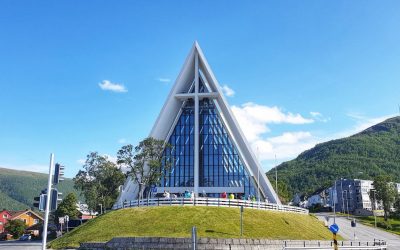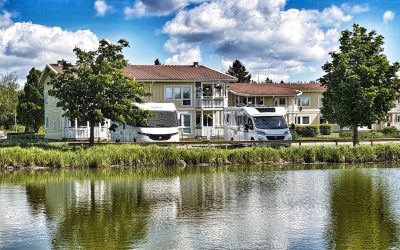Tromsø was never an intended destination on our 2019 Summer in Scandinavia road-trip, although when circumstances took an...

Midnight Sun
Midnight Sun
Ten Tips for Touring Sweden in a Camper
Sweden may be Europe's best kept secret although this country seriously deserves our time. Hidden behind the dramatic shadows of...
Follow us
You can find us on social media,
different channels for different content.


